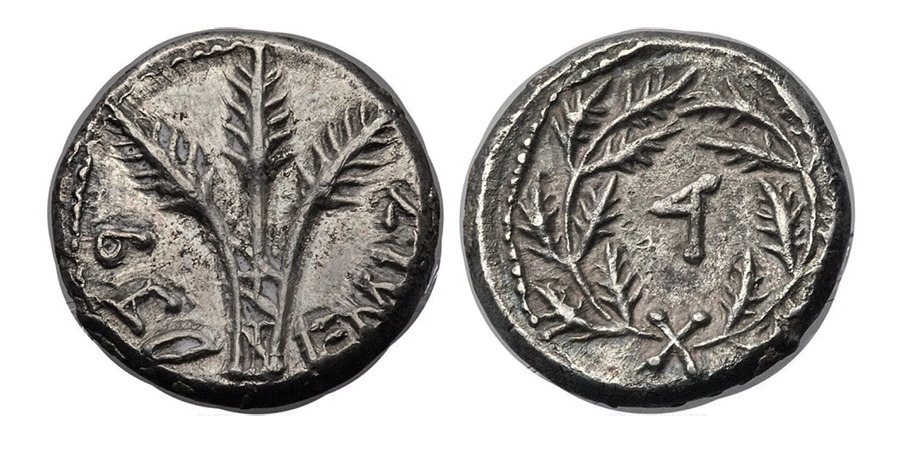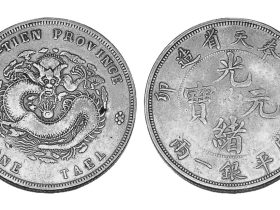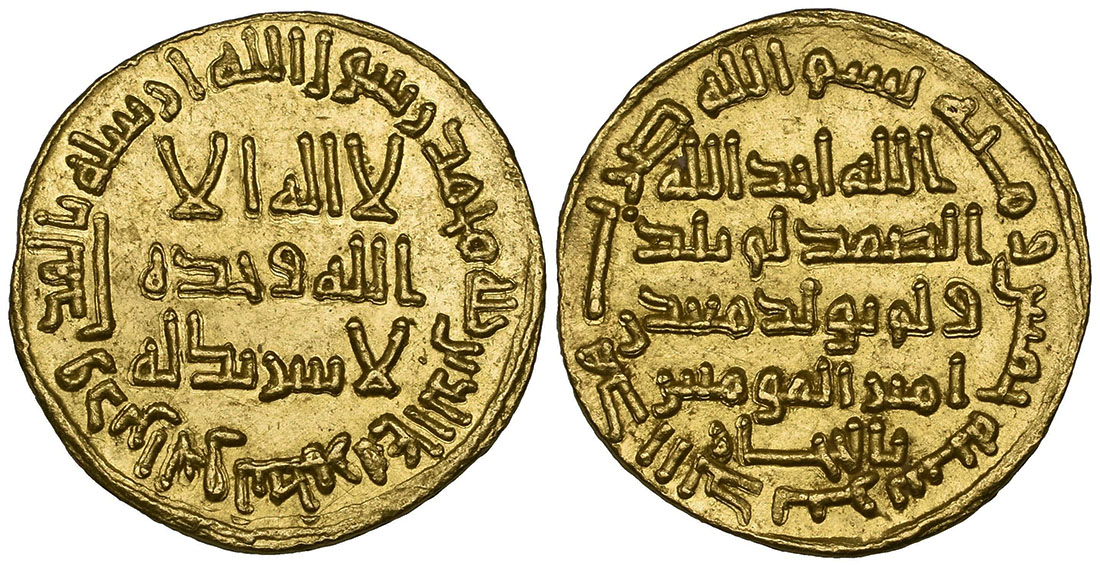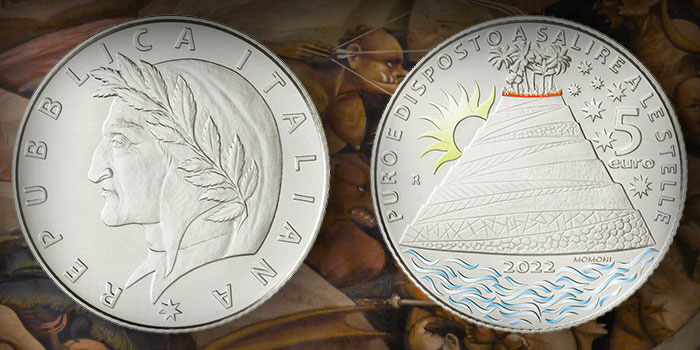The shekel, which is valued at around $1 million, was first issued by Jews during the First Jewish Revolt against the Romans. It was made as a statement of their sovereignty. A rare coin from the same era, which dates back to a rebellion against Roman rule, was seized by US customs officials following a joint investigation.
The shekel, which was produced in AD 69, is regarded as one of the most rare coins in the world. It was repatriated following a ceremony held in New York. It was first discovered by Israeli authorities two decades ago, after they learned that it had been stolen by antiquities thieves. The silver coin was found in the Ella Valley, which is located south of Jerusalem and is home to numerous archeological sites.
The silver coin was produced during the Great Revolt against the Romans, which began in 66-73 and lasted until the end of the century. It was seized in 2017 by US customs officials while it was being sold at an auction in Denver. It was estimated that the coin could be worth up to $1 million. However, due to the legal obstacles that it faced, the return of the coin to Israel was delayed.
Experts believe that the shekel, which features a palm branch and a wreath, is one of the most rare coins that came from the Jewish uprising against the Romans. During the uprising, the Roman government carried out various actions, such as the burning of the Temple Mount and the sacking of Masada.
The shekel was first issued by Jews during the First Jewish Revolt against the Romans. It was made as a statement of their sovereignty. It was considered a significant event in the history of the Jewish people as it marked their independence from the Romans. According to investigators, the shekel was smuggled into the UK before it was sent to the US using fake documents. In 2017, US Homeland Security officers seized it in Denver, Colorado.
The Kingdom of Judaea fell under Roman rule in AD 6. Its resistance to imperial rule eventually led to multiple revolts known as the Jewish-Roman Wars. The shekel was issued during the fourth year of the FirstJewish Revolt, which was also referred to as the Great Jewish Revolt.
The Romans permitted the production and circulation of local coins in various parts of their empire, such as Judaea. In a press release, the Israel Antiquities Authority noted that rebel leaders covered the emperor’s face with Jewish motifs on imperial coins. This act, which was carried out as a statement against the powerful empire, was considered a declaration of independence for the Jews in Israel.
One of the coins that was produced during the fourth year of the uprising was a quarter-shekel. It was one of four that were produced during this period. The shekel was recovered recently during a looting incident that took place in the Elah Valley in Israel. Authorities did not identify the location of the other two coins.
The shekel was recovered during a looting incident that took place in the Elah Valley in Israel. It was then seized by US Homeland Security Investigations in 2017 while it was being sold by Heritage Auctions. Although investigators were able to recover the coin, it would take them several years to determine if it was stolen.
In an email, Sam Spiegel, the director of international operations for Heritage Auctions, said that the company was able to successfully negotiate the purchase of the shekel after it was represented by a client in London. He noted that the client had signed an agreement that clearly stated that he had the title to the coin. The auction house was also able to secure a British export license to transport the shekel to the US.
Before the auction was scheduled to begin, US Homeland Security Investigations contacted the company to discuss the possible recovery of the shekel. The auction house then cooperated by providing the investigators with all the necessary information about the coin.
Although the identities of the sellers were not revealed, federal officials said that the individuals who bought the shekel tried to prevent the confiscation. They noted that the sellers had provided false information about the provenance of the coin in order to justify their purchase. According to investigators, the individuals who bought the shekel used two sets of misleading information to justify their purchase.
In February, the Israeli government asked the Manhattan district attorney’s office to help in its investigation to determine if the shekel was stolen. Through its special unit, which focuses on the trafficking of antiquities, the DA’s office was able to determine that it had jurisdiction over the coin. It had been stored in New York for several years before it was recovered.











Leave a Reply